Definition:
A priority queue is an abstract data type which is like a regular queue or stack data structure, but where additionally each element has a "priority" associated with it. In a priority queue, an element with high priority is served before an element with low priority. If two elements have the same priority, they are served according to their order in the queue.
Implementation:
To implement Priority queue, unsorted array, sorted array and binary heap data structure are the 3 implementation strategies .
To be specific, binary heap implementation strategy can be represented using array of keys,
or
each key as binary node having two children.
Question:
Apart from priority queue implementation, Are their any other applications of using binary heap data structure?

